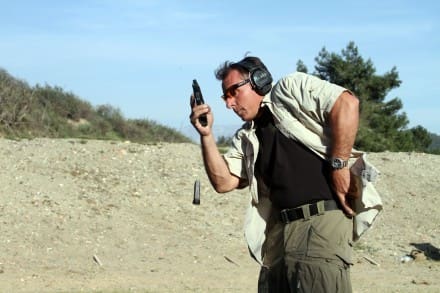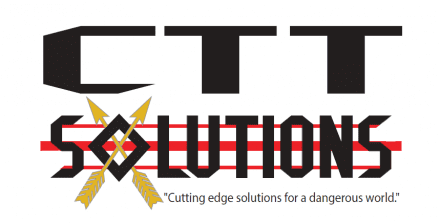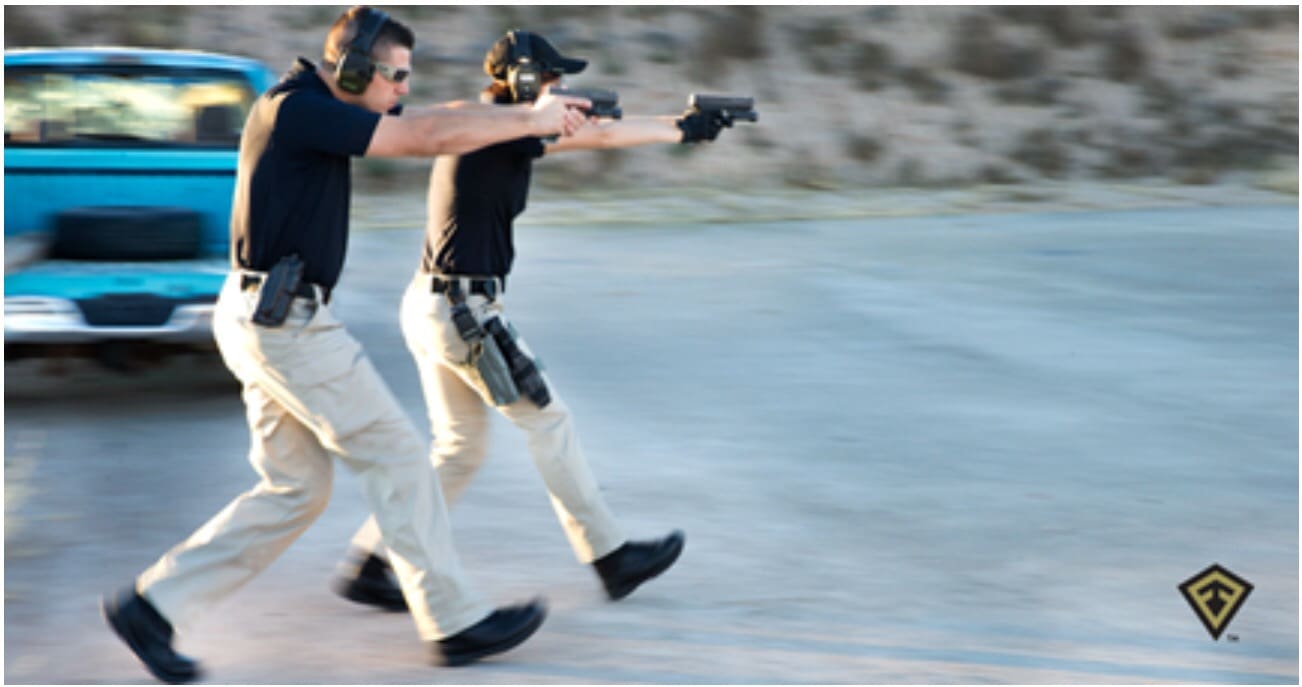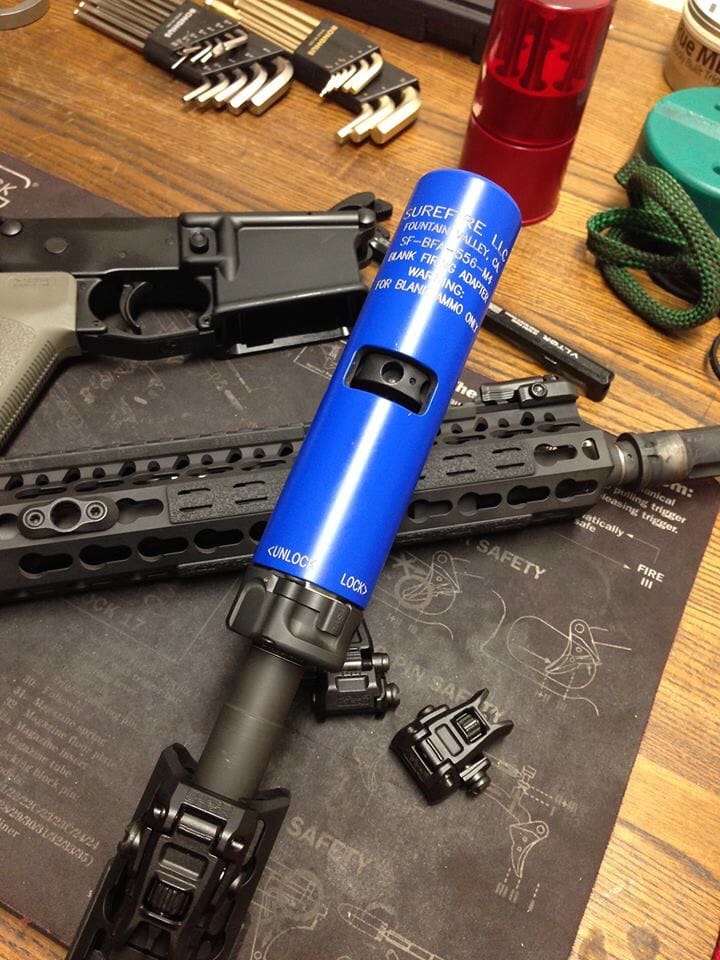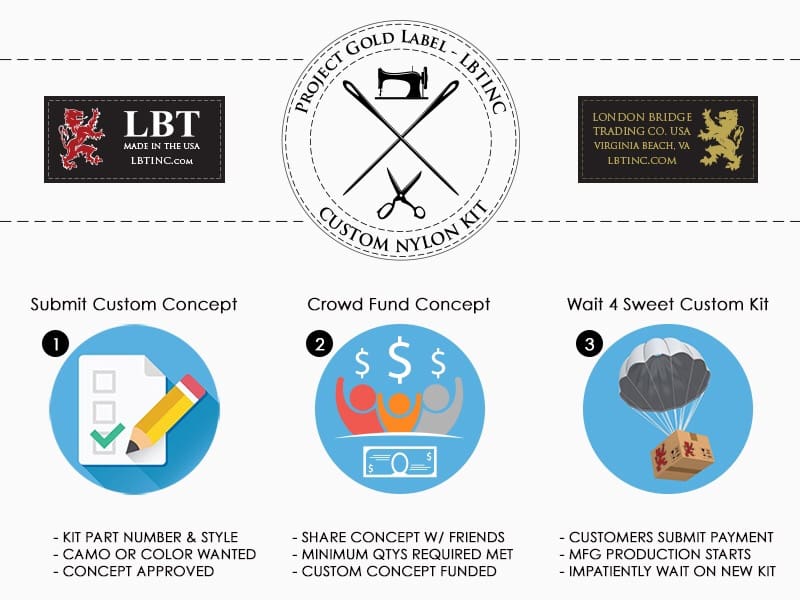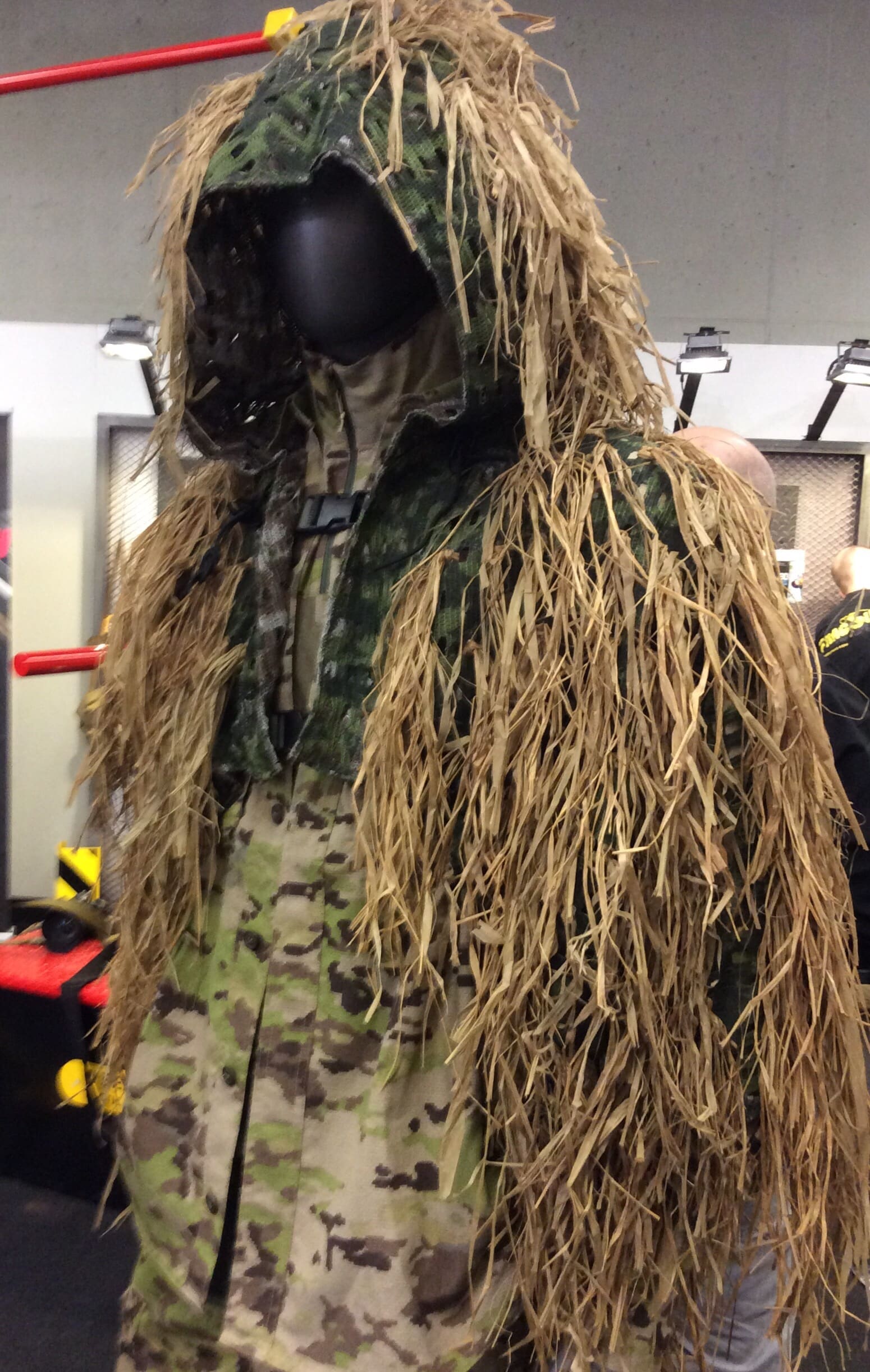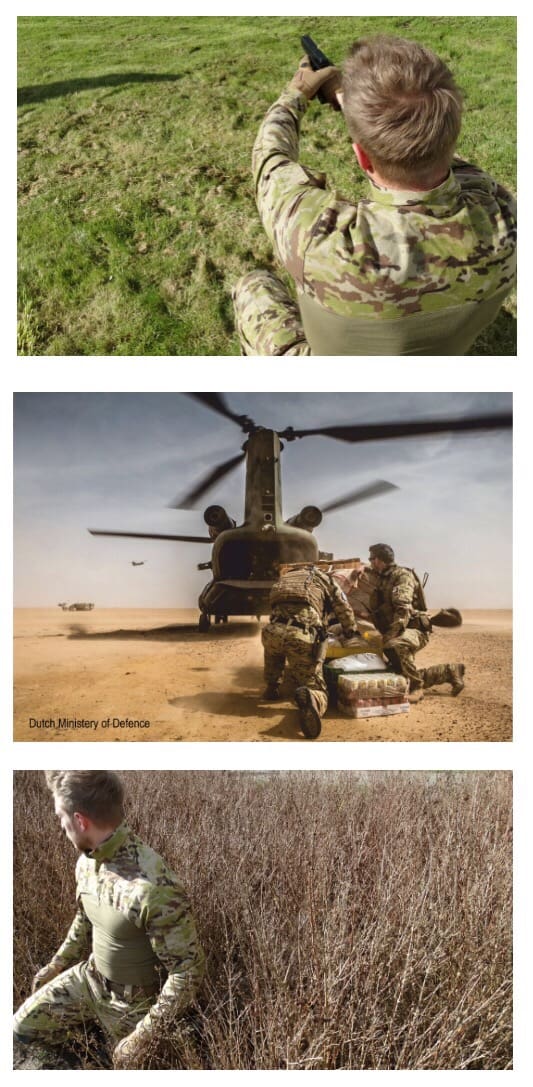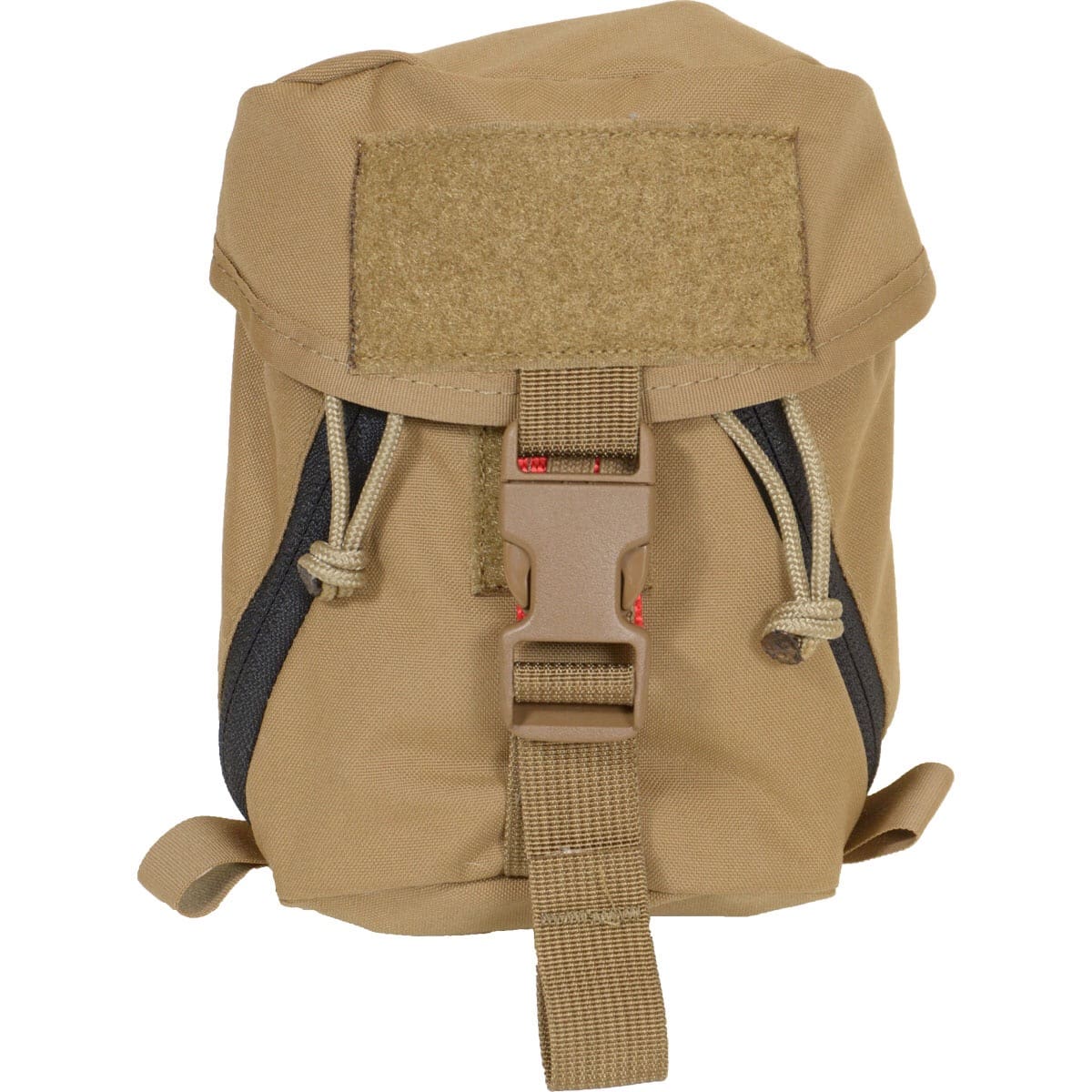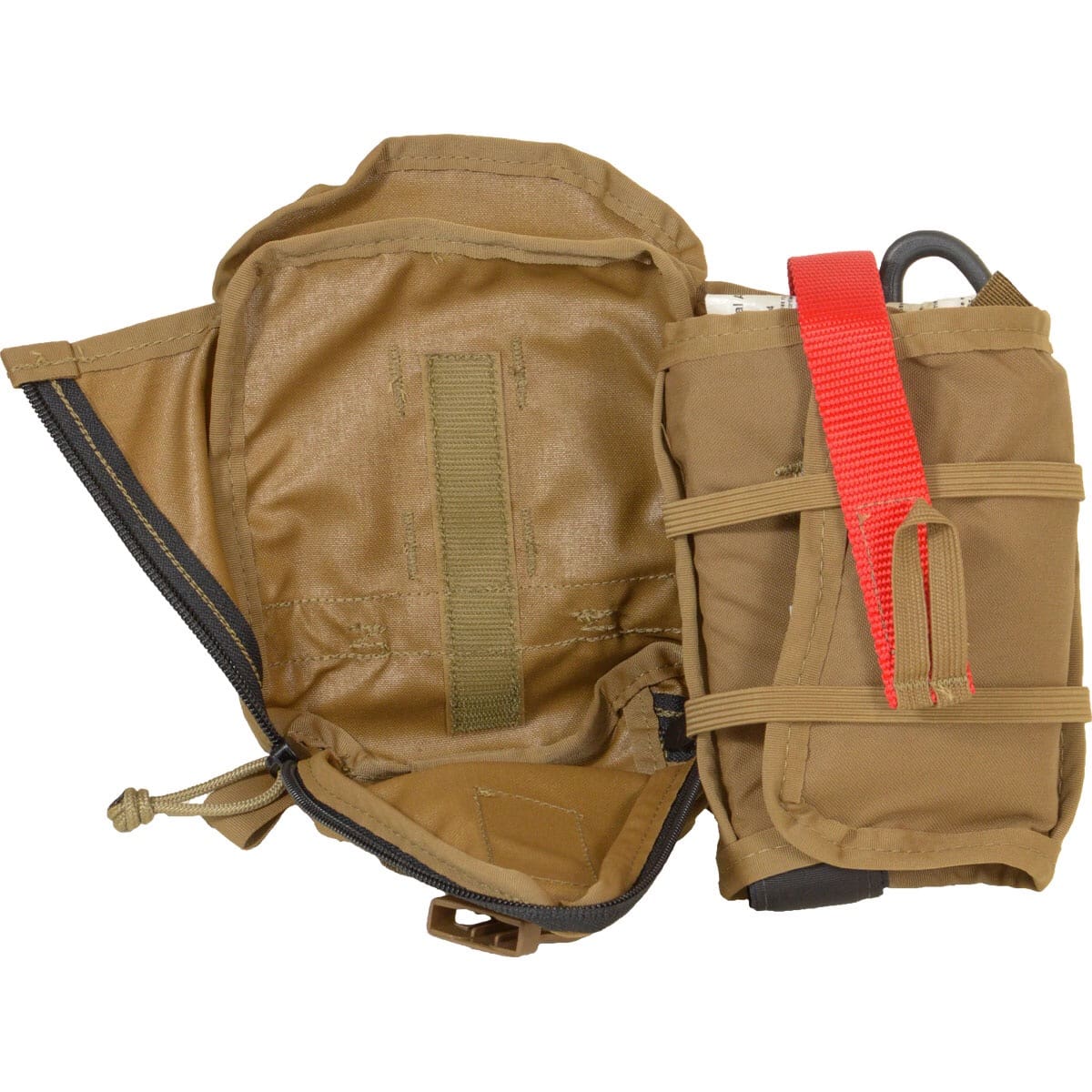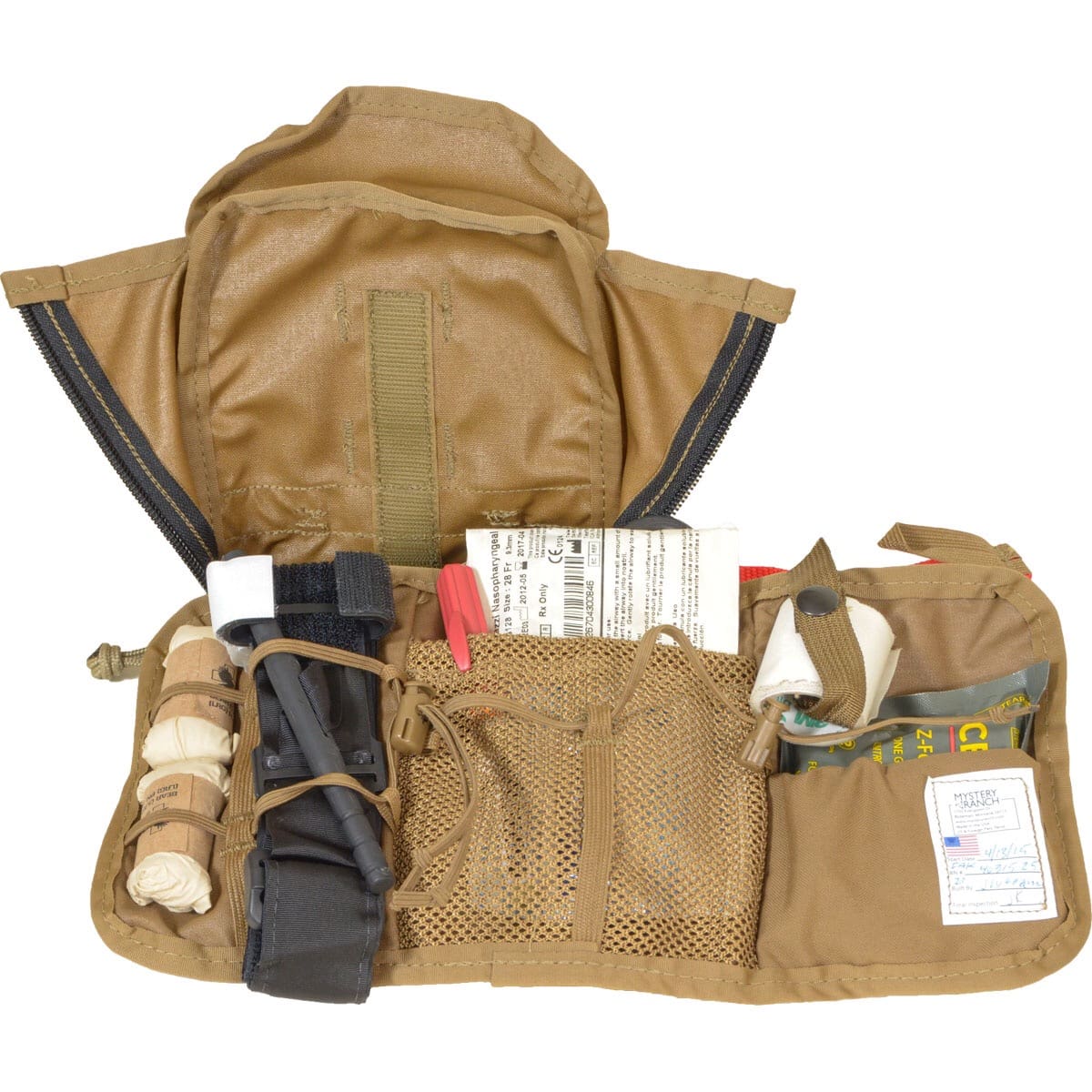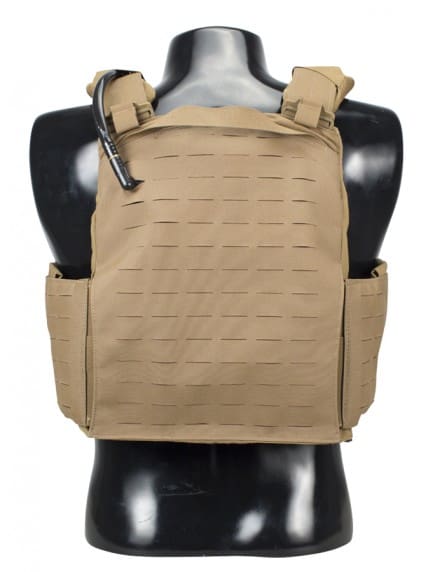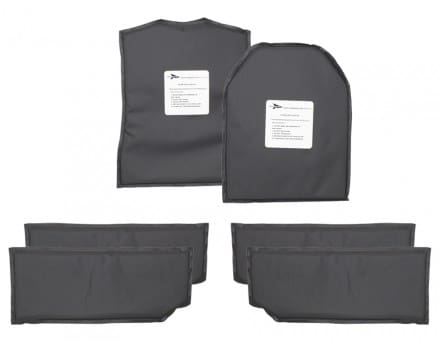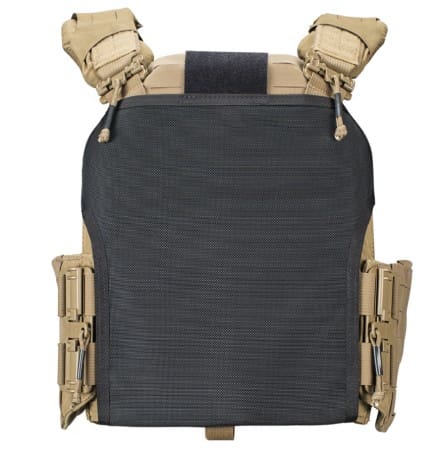It is important to have common definitions of common terms or further debate is senseless. Below are the definitions for cover and concealment taken from FM 21-75 COMBAT SKILLS OF THE SOLDIER:
“COVER- Cover gives protection from bullets, fragments of exploding rounds, flame, nuclear effects, and biological and chemical agents.
CONCEALMENT-Concealment is anything that hides you from enemy observation. Concealment does not protect you from enemy fire”
Below are generally accepted definitions-
Obstacle- any item or thing that blocks one’s way or prevents or hinders progress
Terrain- the physical features of a tract of land
Vehicle- A device or structure for transporting persons or things; a conveyance
***From a tactical perspective this is only true when it is moving. If static, a vehicle is an Obstacle and can be either Cover or Concealment. ***
From RTC 350-1XX (Ranger Regimental Training Circular) at the unclassified level.
Close Quarters Battle (CQB)- As per 75th Ranger Regiment “Close Quarter Battle is a planned or well-rehearsed surgical small unit tactic, technique and procedure which encompasses the 4 principles of surprise, speed, violence of action and a fail-safe breech on a built up or enclosed structure.” This is separate and different from a vehicle ambush where the vehicle once stopped is dealt with tactically no differently than other terrain.
The concept of a vehicle as some special item is often misplaced. From a tactical perspective it is only a vehicle when it is moving. When static it is part of the terrain and may offer cover, concealment or just function as an obstacle. Overwhelmingly in engagements around vehicles the best option is to move from it. A non-armored vehicle affords different and inconsistent levels of ballistic protection based on the angles of engagement and the weapons system being employed against them. Since a vehicle sits off the ground, aside from upward or downward sloping terrain, high curbs or other manmade features on the threat side, they do not protect the feet and lower legs. Injuries to the lower extremities will cause what the military calls a “mobility kill”. Once mobility is lost the likelihood of success is slim without outside intervention. The experienced combatant i.e. military member, LEO or trained citizen for that matter must understand that a vehicle, except in the narrowest of circumstances does not afford cover as defined. There is no such thing as “pretty good cover” or “partial cover” there is “cover” or what I will call enhanced concealment which means you can hide behind it but it may or may not stop incoming fire reliably. If it cannot definitively stop bullets, then by definition it is not cover… that’s just a fact. With that established, anything between you and the threat is better than nothing, so I am not saying a vehicle can’t protect you in some ways. What I am saying is that a vehicle should not be viewed overwhelmingly as cover nor as some special item in the scope of tactical considerations. Another topic I hear talk about is the idea that glass can be cover in some instances. If we teach people to shoot out through glass at threats, then I think that neuters the argument right there. The concept of pillars being points of cover is patently false as well since one cannot claim that pillars though they may afford a level of enhanced ballistic protection will keep you from being shot. They are too narrow and are surrounded by either glass or open air if the windows are down or have been shot out. If you can’t hide your entire body behind it, then it’s not cover. Outside of luck and bad threat marksmanship, hiding behind a 3”-9” wide pillar for any length of time will likely leave you injured or dead in a combative engagement. For those that shoot pillars and say “see, it stopped x or y round” here is my 2 cents; bullets generally don’t come at you in ones and twos but by the magazine. There is not enough area covered by a pillar to make it worth loitering behind as though it is genuinely safer.
From the tactical perspective there are 6 principles I adhere to in open air engagements around vehicles. These should be common sense:
A vehicle that is not in motion is terrain and should be treated as an obstacle with enhanced concealment that provides an unpredictable level of ballistic protection. The best course of action is to immediately return the best suppressive fire you can to blunt the attack and then move as soon as is tactically prudent to regroup and counter-attack or withdraw. Changing the angles changes their plan and changes the fight.
– Mike Pannone
Mike Pannone retired from the Army’s premier assault force (1st SFOD-D) after an explosive breaching injury. A year after his retirement America was attacked on 9/11 and he returned to help serve his country as the head marksmanship instructor at the Federal Air Marshals training course and then moved to help stand up the FAMS Seattle field office. In 2003 he left the FAMS to serve as a PSD detail member and then a detail leader for the State Department during 2003 and 2004 in Baghdad and Tikrit.
In 2005 he served as a ground combat advisor of the Joint Counter IED Task Force and participated on combat operations with various units in Al Anbar province. Upon returning he gave IED awareness briefings to departing units and helped stand up a pre-Iraq surge rifle course with the Asymmetric Warfare Group as a lead instructor. With that experience as well as a career of special operations service in Marine Reconnaissance, Army Special Forces and JSOC to draw from he moved to the private sector teaching planning, leadership, marksmanship and tactics as well as authoring and co-authoring several books such as The M4 Handbook, AK Handbook and Tactical Pistol shooting. Mike also consults for several major rifle and accessory manufacturers to help them field the best possible equipment to the warfighter, law enforcement officer and upstanding civilian end user. He is considered a subject matter expert on the AR based Stoner platform in all its derivatives.
Gunfighter Moment is a weekly feature brought to you by Alias Training & Security Services. Each week Alias brings us a different Trainer and in turn they offer some words of wisdom.


